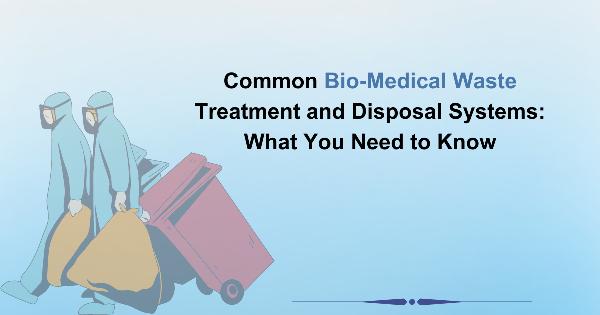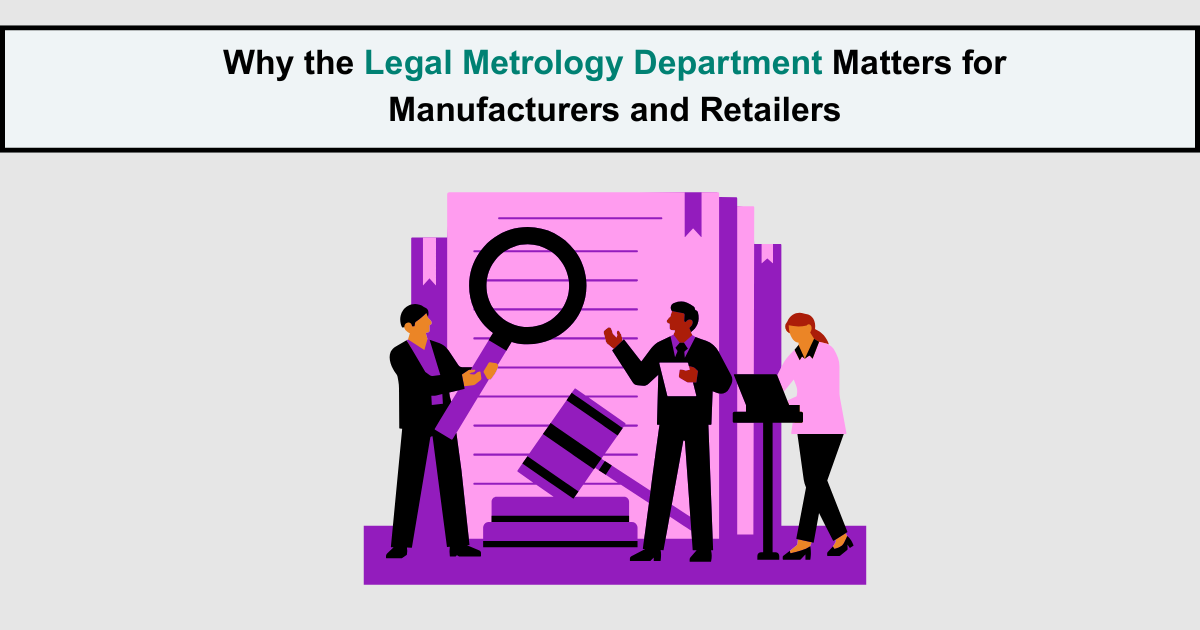Common Bio-Medical Waste Treatment and Disposal Systems: What You Need to Know

Strong 8k brings an ultra-HD IPTV experience to your living room and your pocket.
Common Bio-Medical Waste Treatment and Disposal Systems
Bio-medical waste, generated in hospitals, laboratories, and other healthcare facilities, poses a significant threat to human health and the environment if not handled properly. A robust bio-medical waste management system is crucial to ensure safe and responsible disposal. This system segregates, collects, treats, and disposes of various waste categories. Let's explore the common treatment and disposal methods employed in common bio-medical waste management plants.
Treatment Technologies:
Autoclaving: This method uses steam at high pressure to sterilize waste. Except for sharps and extremely flammable materials, it is effective for a variety of biomedical waste. One option that is safe, dependable, and environmentally friendly is autoclaving.
Incineration: Waste is incinerated at high temperatures, which effectively destroys organic matter and pathogens. On the other hand, this process can produce air pollutants, necessitating strict emission control measures.
Chemical Disinfection: Waste is disinfected using liquid disinfectants, such as sodium hypochlorite, mostly for liquids and cultures. To avoid contaminating the environment, residual disinfectants must be handled carefully during chemical treatment.
Microwaving: By producing heat and steam from microwave radiation, this technology decontaminates the waste. Microwaving is a quick and effective method, but not all waste can be microwaved, so proper shredding is required beforehand.
Disposal Methods:
Landfilling: Certain biomedical waste types can be dumped in approved landfills once they have undergone the necessary treatment to make them non-infectious. Strict guidelines control how these landfills are run to reduce their negative environmental effects.
Sharps Disposal: Sharps like needles and syringes require special puncture-proof containers to prevent injuries during handling and disposal. Treated sharps are then incinerated or shredded depending on local regulations.
Bio-medical Waste Management Plant Cost:
The price of building a biomedical waste treatment facility varies according to its capacity, the technology used, and the need for emission control systems. In general, advanced incineration plants with larger capacities are more expensive than those that use autoclaving or microwaves.
Bio-medical Waste Plant Categories:
Based on their ability to manage waste produced in a particular geographic area, biomedical waste plants can be divided into different categories. Small facilities serving a single hospital are usually included in this category, as are larger Common Bio-Medical Waste Treatment Facilities (CBWTFs) serving several healthcare facilities.
Bio-medical Waste Categories:
Bio-medical waste is segregated into various categories based on its potential for infection, toxicity, and flammability. The most common categories include human anatomical waste, cultures, contaminated sharps, and disposable items. Segregation is crucial for the proper treatment and disposal of each waste type.
How to Make Waste Disposal Facilities More Eco-Friendly
Greening Up Waste Disposal: Eco-Friendly Practices for Facilities
Traditional waste disposal facilities can have a significant environmental footprint. Luckily, there are several strategies facilities can adopt to become more eco-friendly. Here's how:
Waste Hierarchy Focus:
Reduce at the Source: Encourage the use of reusable products and run public awareness campaigns to reduce waste. This reduces the facility's overall workload.
Maximize Recycling: Invest in advanced sorting technologies and expand the range of recyclable materials accepted. Partner with local recycling companies to ensure efficient processing.
Composting: Put in place on-site composting programs for organic waste, such as leftover food and yard waste. This produces nutrient-rich compost and lessens the need for landfills.
Waste-to-Energy: Investigate technologies that produce heat or electricity from non-recyclable waste. This lessens the need for fossil fuels.
Final Thoughts:
The management of biomedical waste must be done safely and effectively to safeguard the environment and public health. Making educated decisions and promoting a sustainable waste management system is made possible for individuals and healthcare facilities by having a thorough understanding of the various treatment and disposal techniques used in bio-medical waste plants.
Note: IndiBlogHub features both user-submitted and editorial content. We do not verify third-party contributions. Read our Disclaimer and Privacy Policyfor details.







